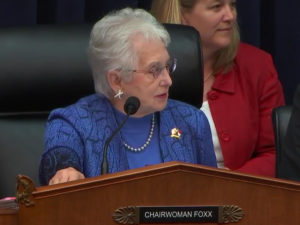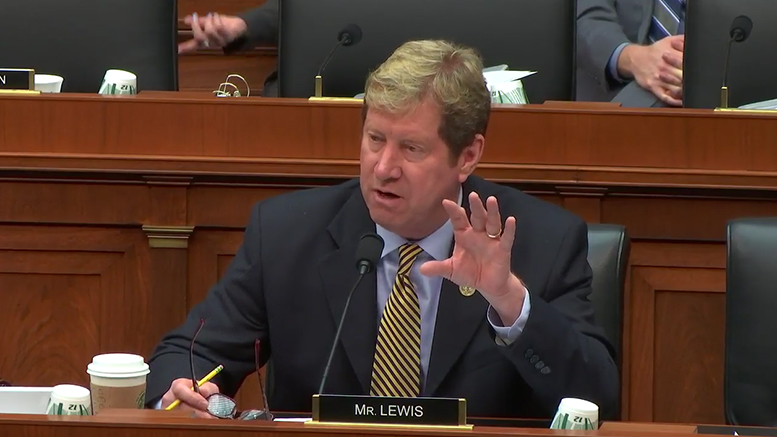The House Education and the Workforce Committee on Wednesday passed by voice vote a bill to revamp the Perkins Act, which is a key source of federal funding for many community colleges’ workforce development programs.
The bill — the Strengthening Career and Technical Education for the 21st Century Act (H.R. 2353) — has strong bipartisan support from the committee, with many members taking an opportunity during the markup to comment on the importance of developing a skilled workforce for jobs that are currently available as well as emerging careers.
“Our career training programs need to be updated to reflect the realities of a 21st-century economy,” said Rep. Raja Krishnamoorthi (D-Illinois), who introduced the bill with Glenn “GT” Thompson (R-Pennsylvania). “Every student in every career field needs some form of career exploration and on-the-job training.”

House Education and the Workforce Committee Chair Virginia Foxx calls for a voice vote at Wednesday’s markup of a bill to reauthorize the Perkins Act.
The bill now goes to the full House, where it is expected to pass. Last fall, the House approved a similar bill by a vote of 405 to 5. However, the Senate didn’t consider the bill then, and it hasn’t introduced one yet this year. The Perkins Act has not been reauthorized in more than a decade.
Education advocates hope the Senate this time will move on it, noting the importance of keeping workers’ skills in pace with job demands. Committee Chair Virginia Foxx (R-North Carolina) noted at a discussion on career and technical education on Tuesday that she hopes the bill “will find a champion” in the Senate.
Dual-enrollment added
The committee also passed an amendment offered by Rep. Jason Lewis (R-Minnesota) that would require consideration of dual-enrollment efforts in career and technical education (CTE) programs.
“Dual and concurrent enrollment strengthens the pathway between secondary and postsecondary education and has been effective at increasing student success,” Lewis said in introducing the amendment, which passed by a voice vote.
He cited National Center for Education Statistics data that show one-third of dual enrollment credits are earned through CTE. Students and families are increasingly aware that dual enrollment also provides an opportunity to attain a postsecondary education at a lower cost, as it allows high school students to earn college credits while still in high school. Lewis noted that in Minnesota there has been a 50-percent increase in dual enrollment between 2007 to 2015.
Rep. Jared Polis (D-Colorado) echoed that dual enrollment can be a college cost-savings tool and can help reduce the need for developmental education in college. But it also can help instill confidence in high school students, showing them that “they can succeed at the college level,” he said.

